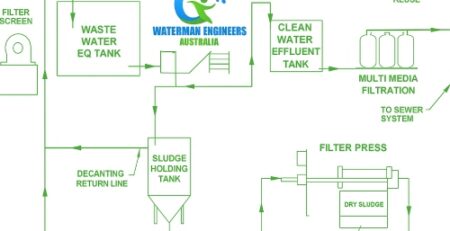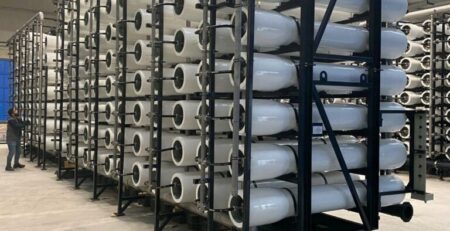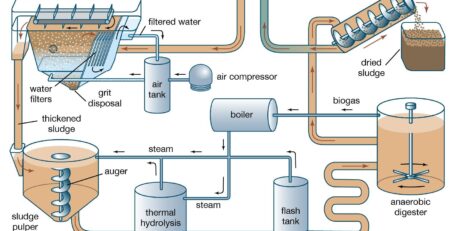Economic Benefits of Tailings Storage Facilities for Wastewater Treatment
A TSF is a structure used to store waste materials (tailings) produced during the extraction of minerals or wastewater treatment. In the context of wastewater treatment, TSFs are used to store treated wastewater for further use or disposal.
Managing wastewater is crucial for safeguarding both public health and the environment. Unfortunately, the traditional methods for wastewater treatment can be quite expensive and environmentally damaging. However, sustainable solutions like TSFs provide a more cost-efficient and ecologically friendly way to treat wastewater.
Tailings storage facilities are a critical component of the mining industry. Industries that produce the raw materials that sustain our modern lifestyles and economies have a significant impact on the environment. Without proper management, these industries can cause contamination and other adverse effects. This is why it’s important to implement an effective water management strategy.
TSF Reduced Cost of Treatment
The environmental and economic benefits of using tailings storage facilities for wastewater recovery can be significant. This can include the potential for re-use of wastewater, reduced water consumption and increased capacity for processing in the mine or downstream industry.
TSFs can reduce the cost of treating wastewater by providing a low-cost storage solution for treated wastewater. This eliminates the need for costly treatment processes, such as advanced treatment or discharge to surface waters.
Traditional treatment methods, such as advanced treatment and discharge to surface waters, can be expensive due to the need for additional infrastructure and equipment. Several countries, such as the United States and Australia, have implemented TSFs as a means to decrease the expenses associated with wastewater treatment.
Tailing Storage Facility Increases Revenue Generation
TSFs can generate revenue from the sale of treated wastewater for reuse or from the recovery of valuable resources, such as metals or minerals, from the stored wastewater. Revenue streams from TSFs can include the sale of treated wastewater for irrigation or industrial use or the recovery of metals or minerals for resale. As the need for eco-friendly wastewater management solutions expands, the prospect of generating revenue through the use of TSFs is anticipated to rise.
Tailing Storage Facility Reduce Environmental Impact
TSFs can reduce the environmental impact of wastewater treatment by providing a low-impact storage solution for treated wastewater. This eliminates the need for discharge to surface waters, which can have a significant environmental impact. Using tailings storage facilities to recover wastewater helps reduce the volume of solid waste disposed into landfills and prevents pollution from waste disposal.
Improved Resource Recovery and Sustainability with Tailing Storage Facility
TSFs can be used to recover valuable resources, such as metals or minerals, from stored wastewater. This can reduce the need for costly mining or extraction processes. Valuable resources that can be recovered through TSFs include gold, silver, and copper.
TSFs can contribute to a more sustainable approach to wastewater management by providing a cost-effective and environmental friendly solution for the storage of treated wastewater. Traditional treatment methods, such as advanced treatment and discharge to surface waters, can be expensive and have a significant environmental impact.
Water plays a vital role in mining operations, especially in arid countries. Tailings ponds are designed to protect surface and groundwater and the industry continues to monitor and reclaim these areas until they are no longer needed. The safety of a tailing storage facility can be enhanced by improving its design and construction.











